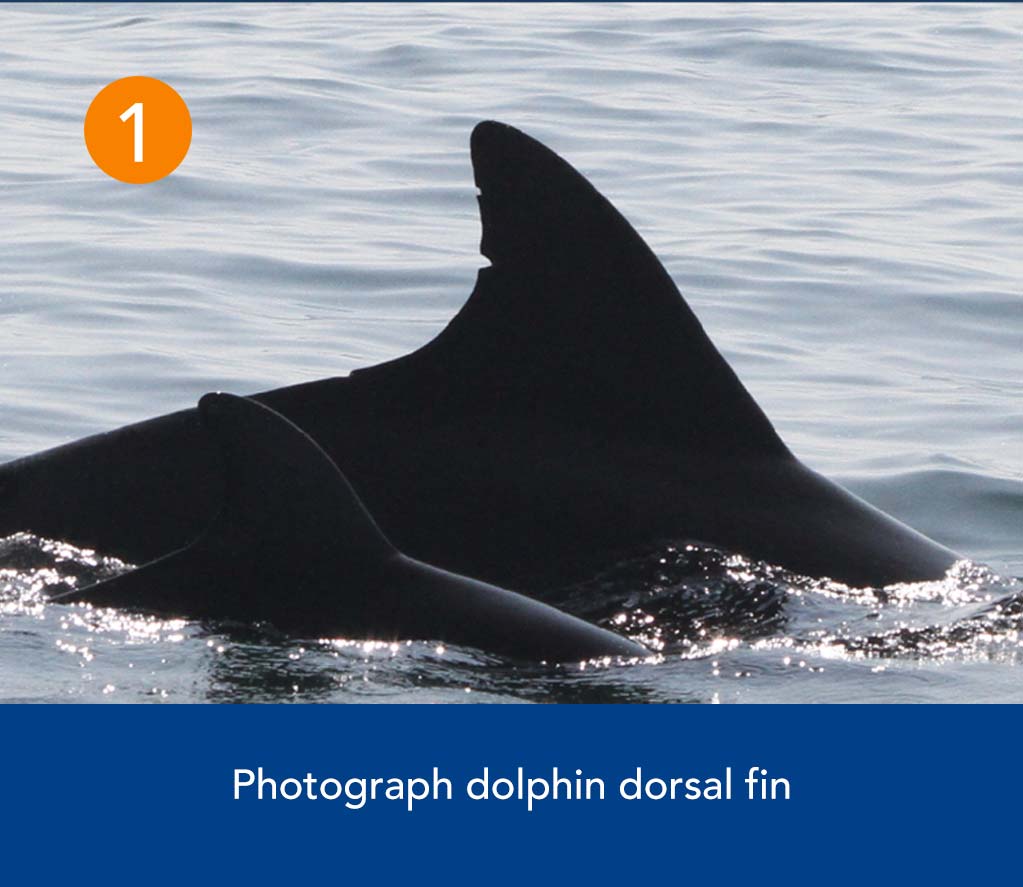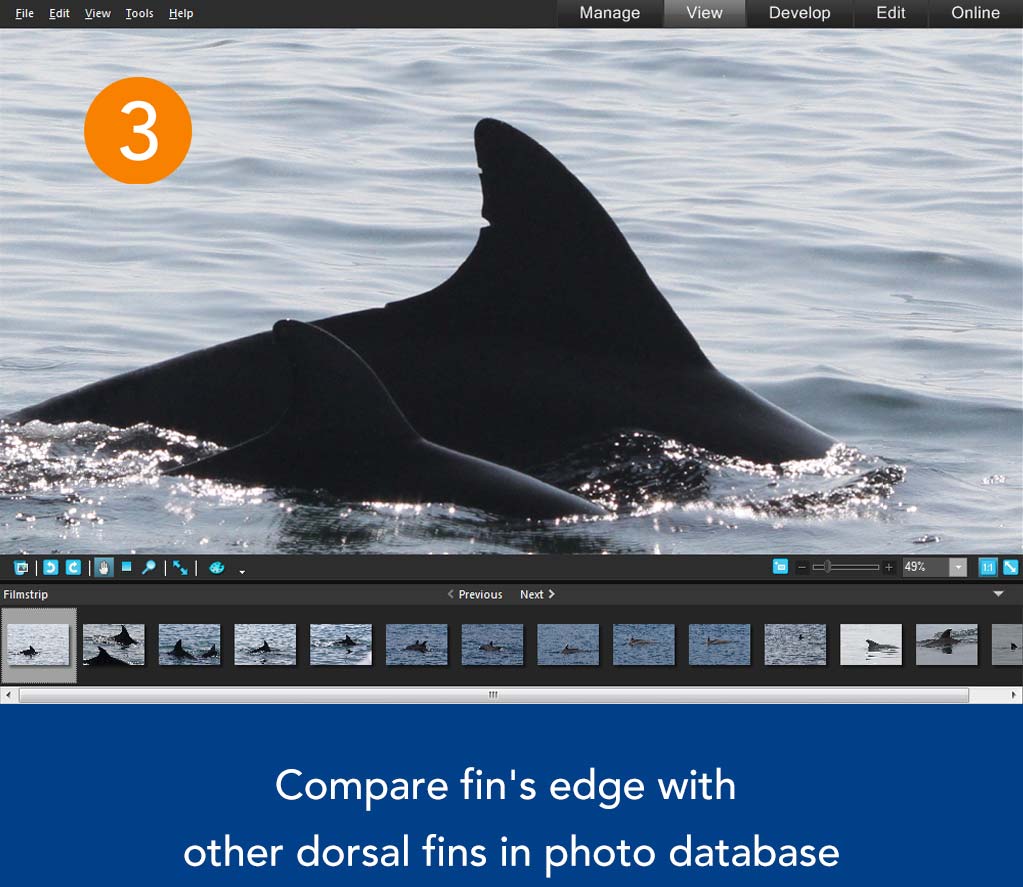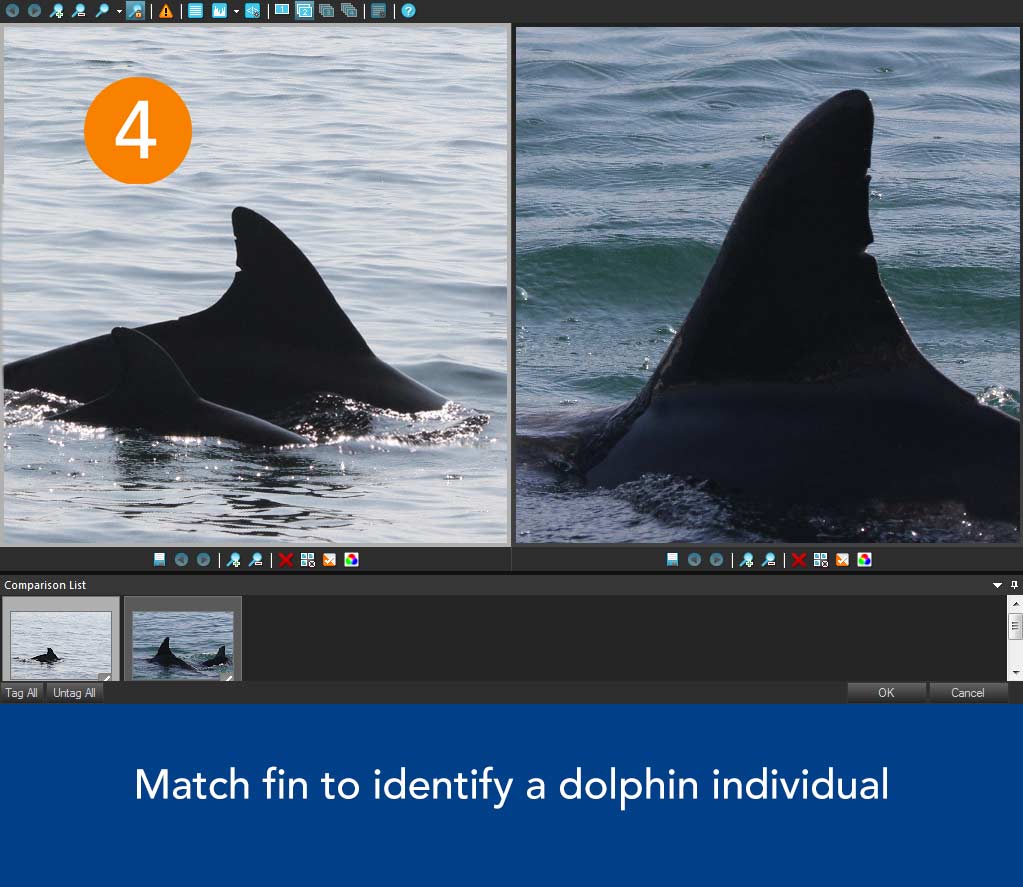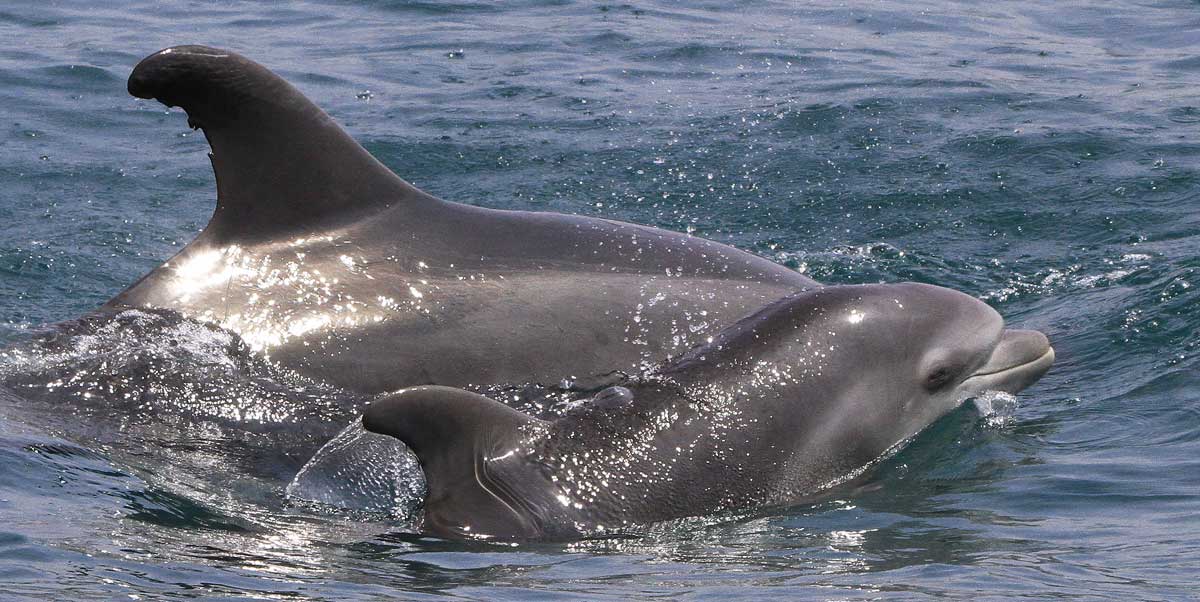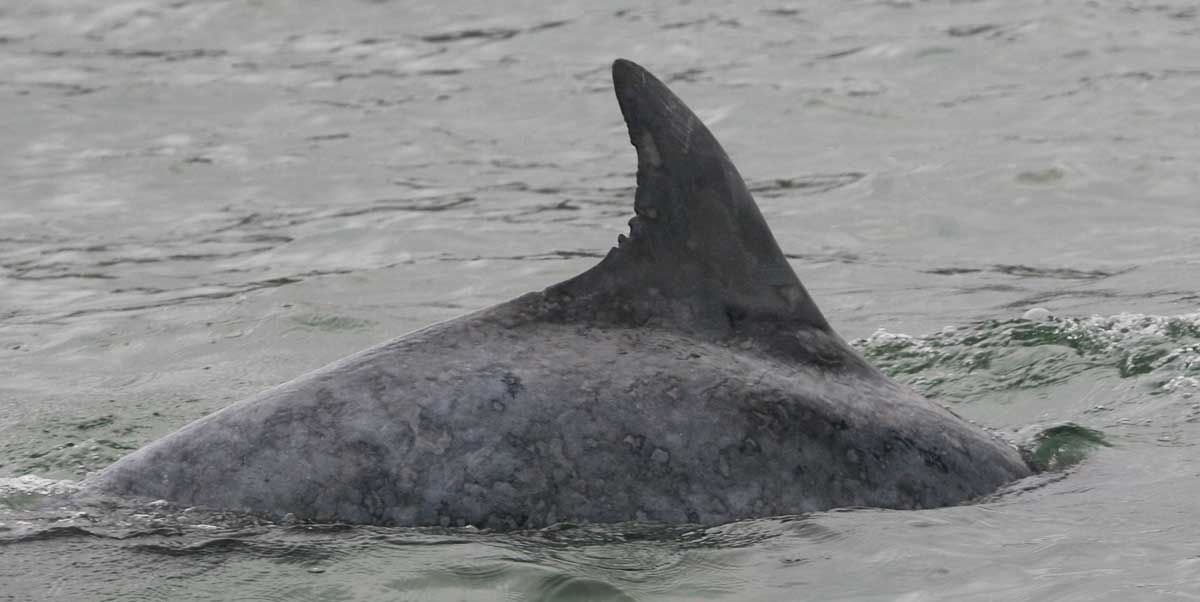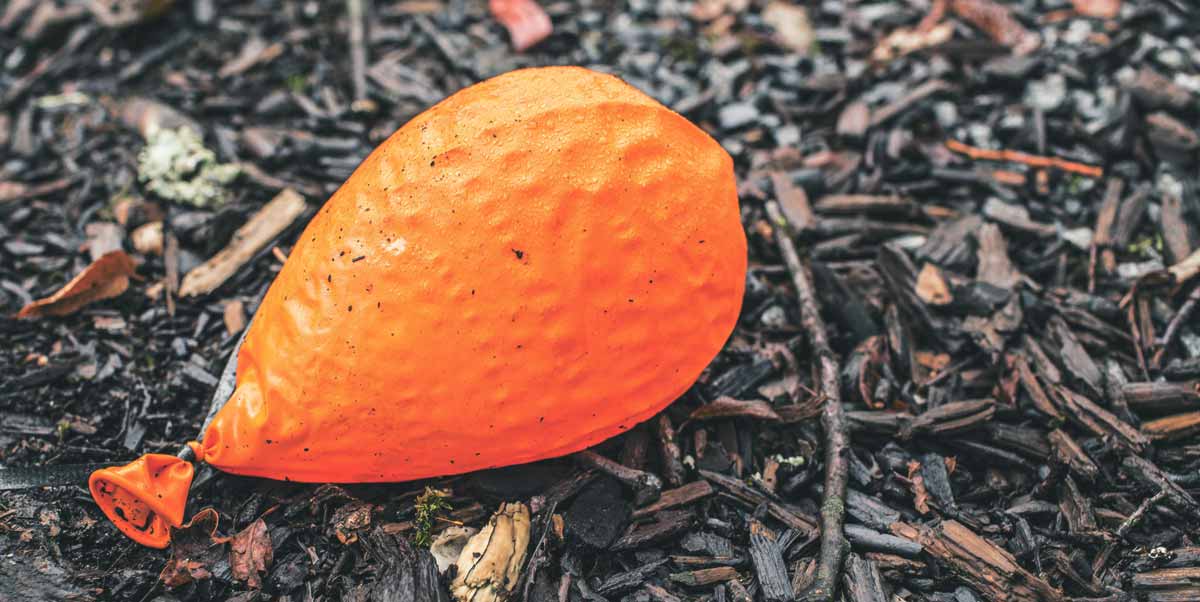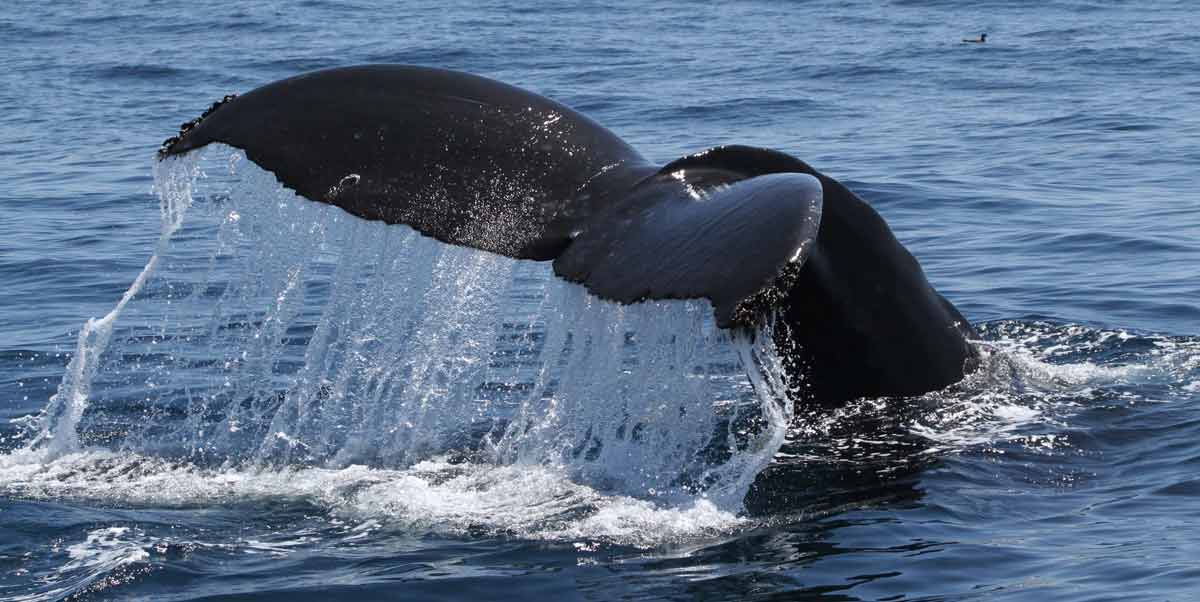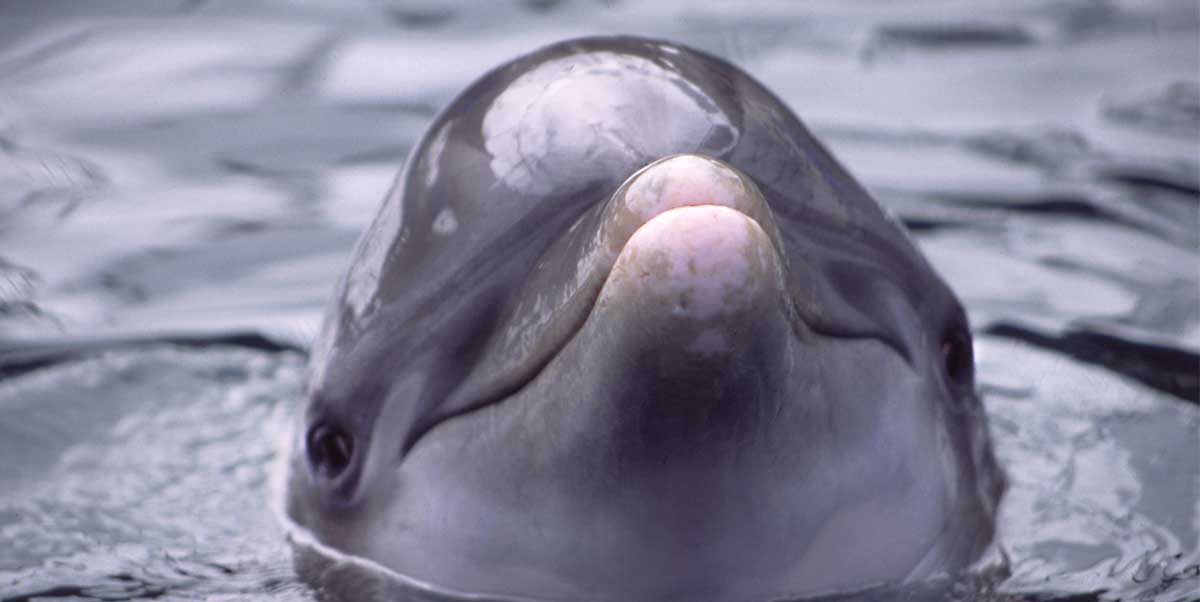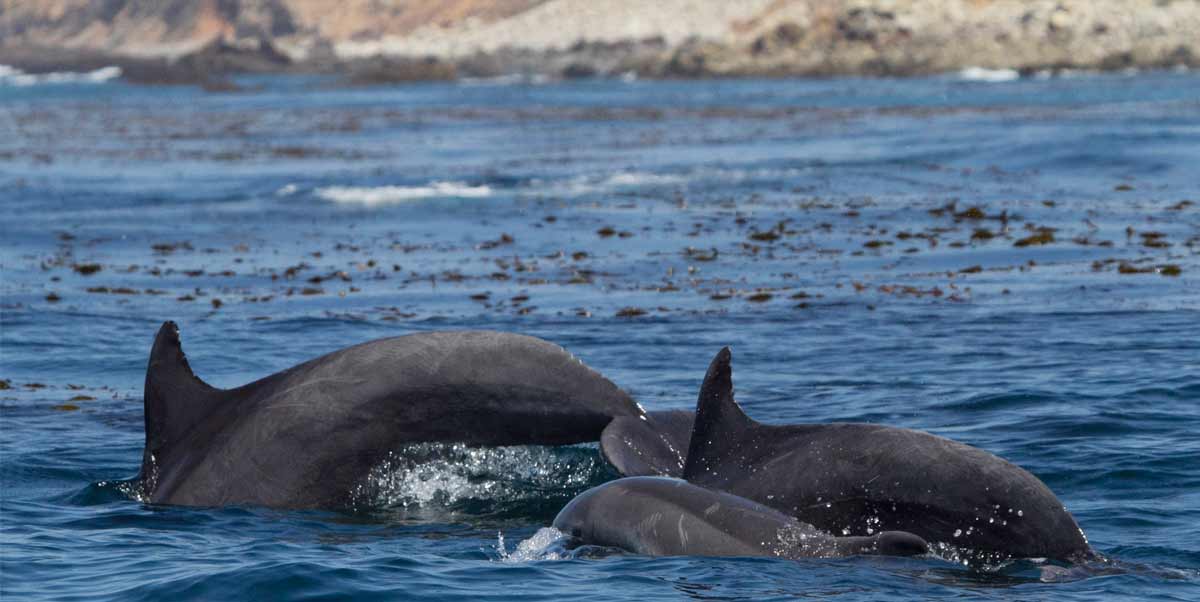OCS DATA COLLECTION
Learn some of the methods we use to study marine mammals
Curious how researchers collect scientific data that helps protect marine mammals and the ocean? Although methods vary depending on the species and type of info we seek, here are some examples of how our OCS research team gathers field data on dolphins:
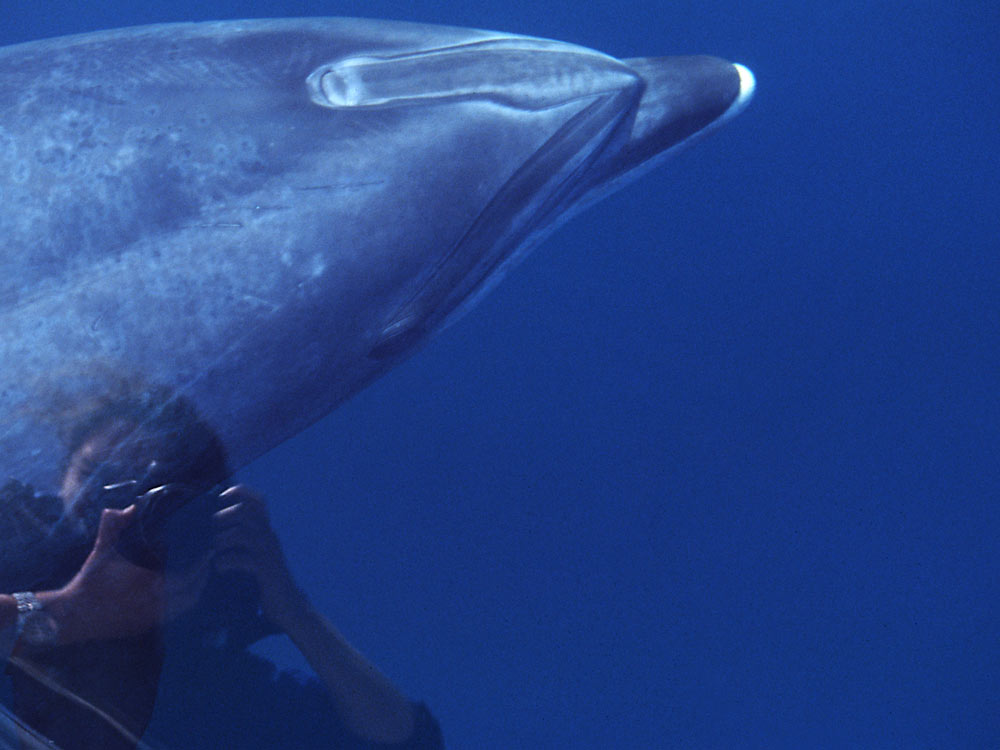
Photo Identification
Individual dolphins are identified by a process called Photo Identification, or Photo-ID. The dorsal fin of every dolphin is unique, much like a fingerprint. Clear photographic records are taken of all individuals’ dorsal fins within a school, and then analyzed for comparison until all individuals are identified. Photos and videos of individuals also help to identify skin diseases and physical deformities on dolphins.
150,000+
number of photographs OCS has taken of dolphins and whales for photo-identification purposes
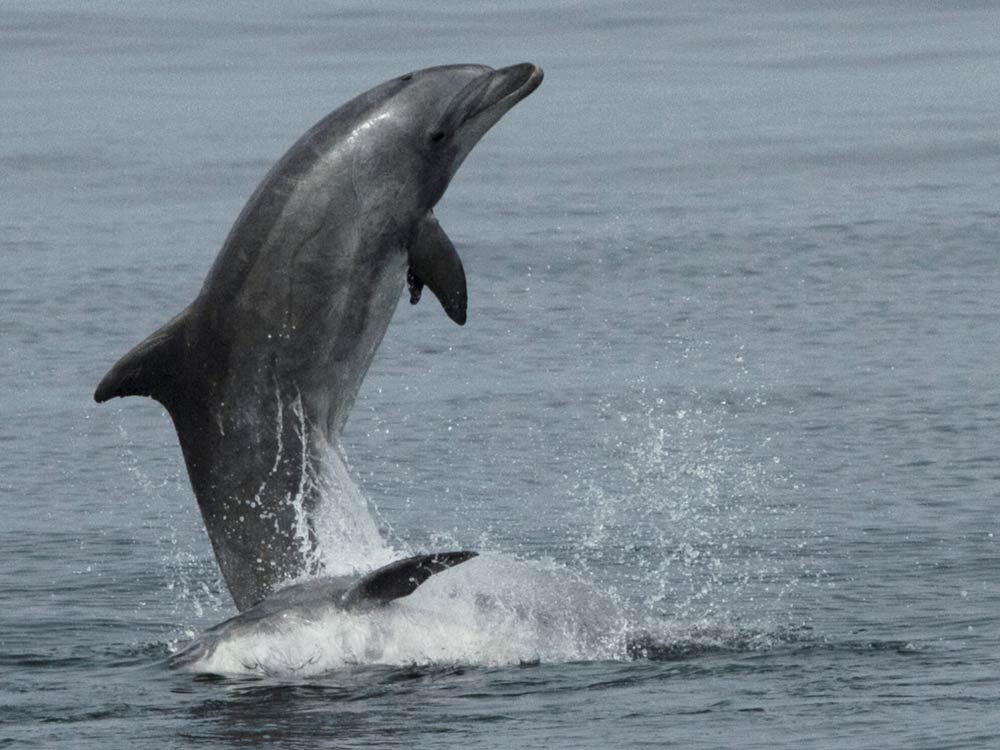
Behavioral Data
To learn more about the behavior of bottlenose dolphins, we follow a “focal group” of individuals and collect specific data on their behavior at 5-minute intervals and until all our photo-ID work is completed (at times for several hours!)
Data including group size and formation, speed, GPS position, weather and oceanic conditions, digital video & photos – and more – are collected via Logger software and then imported into a comprehensive Access database. This provides us with a wide array of information to draw upon to enhance our understanding of these complex and social animals.
For details on our methodology, check out our peer-reviewed publications
PHOTO-ID
How Photo Identification helps us recognize individual dolphins
“It takes a great deal of love and fascination with marine mammals to be an OCS researcher. We log significantly more hours behind a computer doing photo identification, cataloging, and data analysis than we spend on the boat. However, working in the lab is just as rewarding as working at sea. It is truly gratifying to recognize a dolphin on the water that I’ve seen countless times on a computer screen.”
BEHAVIORAL DATA
Learn about a few dolphin behaviors our researchers collect data on
Glance
Brief exposure of the eye above or at the surface by a stationary or mobile individual in the dorsal position
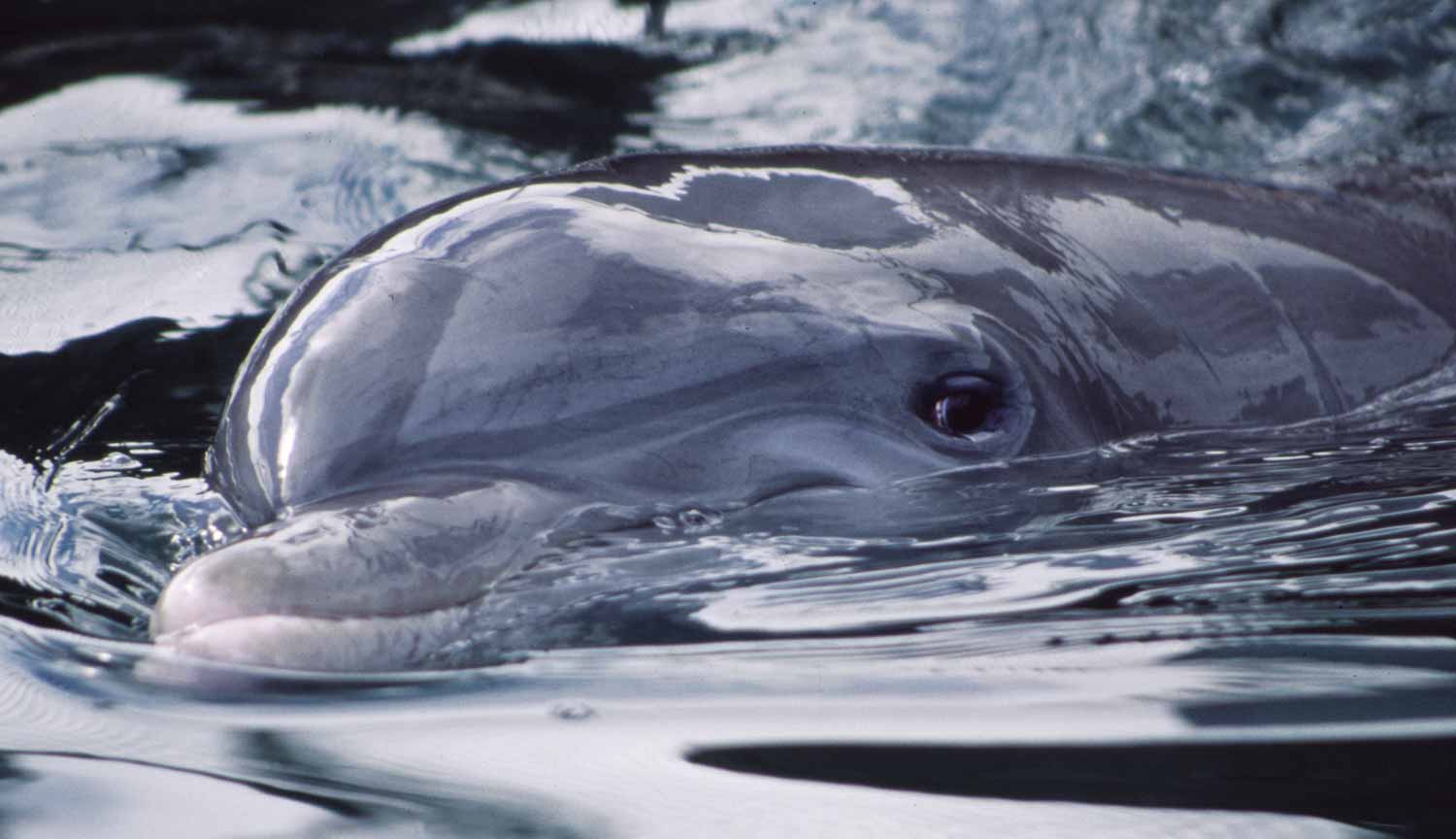
Spyhop
The individual stands vertically in the water with its head and body partially exposed
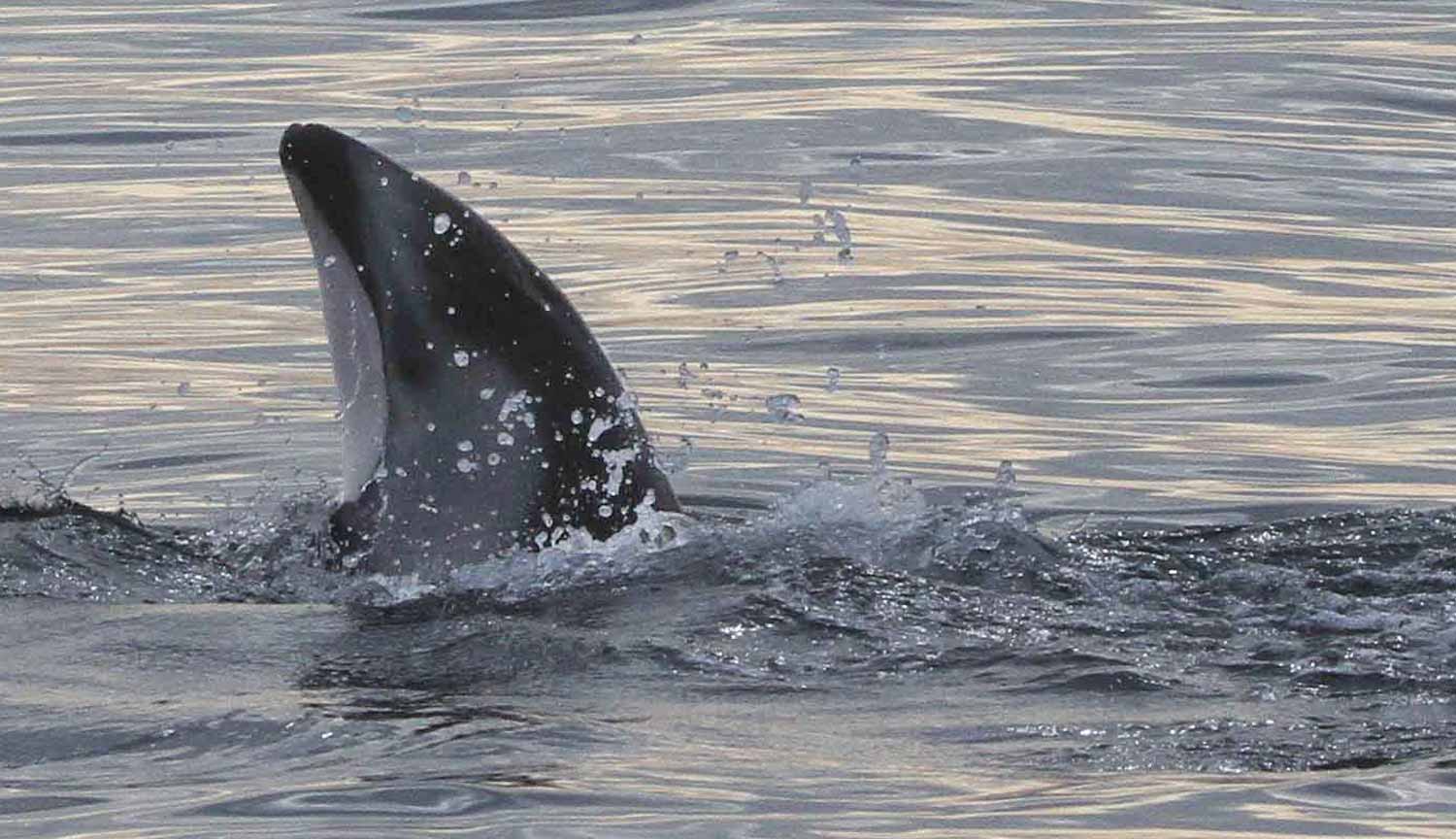
Bow
The individual jumps into the air in a dorsal position from an accelerated swim and assumes a concave arch at the highest point of elevation, reentering the water within a body length
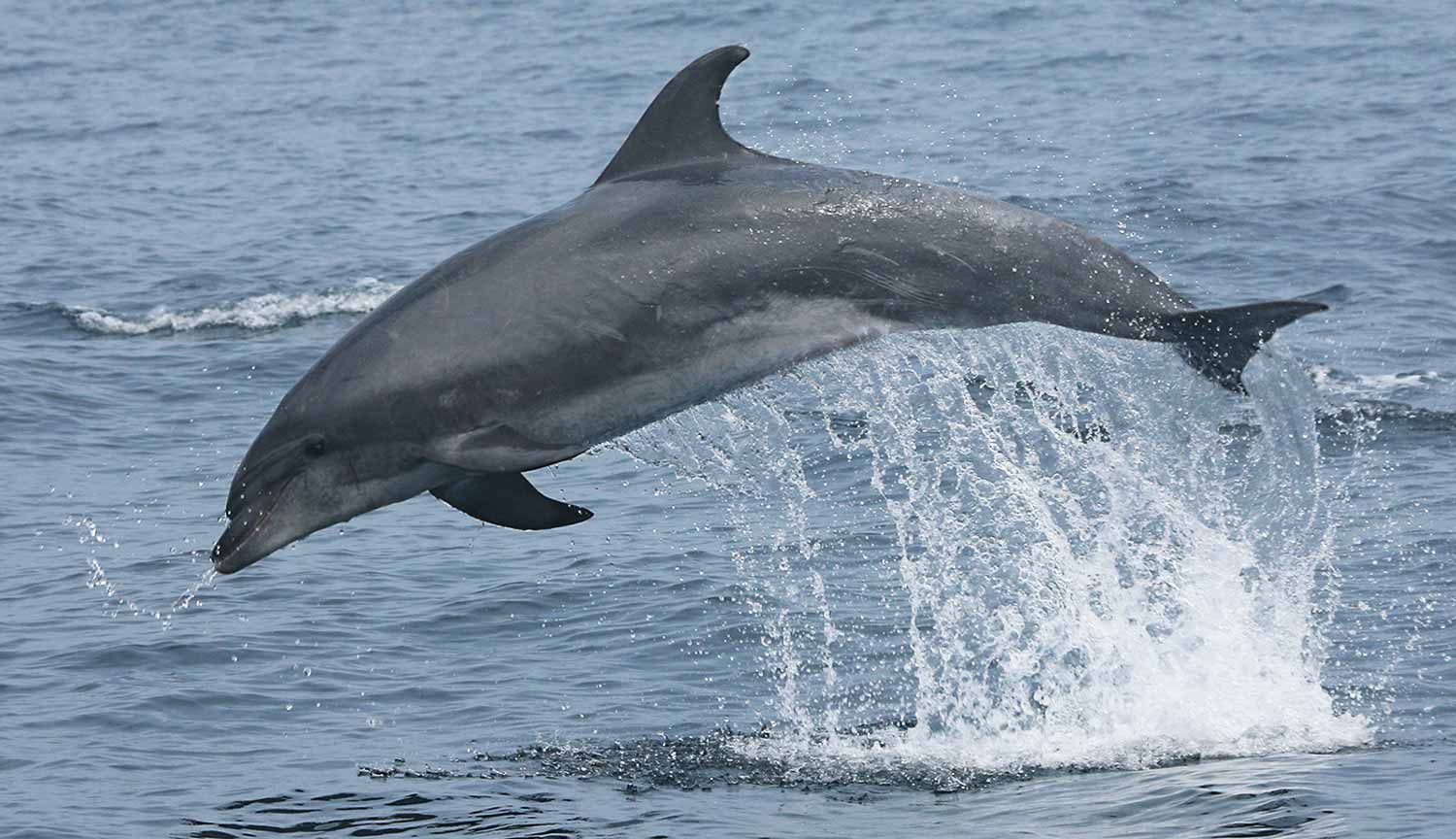
SUPPORT SCIENCE!
Help us continue studies to protect wild dolphins & whales
Many hours are spent collecting data on dolphins, whales, and other marine species during every single day of our on-the-water research. Our OCS team invests even MORE time back in the lab, analyzing the information and then publishing the results of our studies.
All this work is key not only to learn more about these animals but also to protect them and the environment in which they like. But we also need your support. Your tax-deductible contribution helps us continue this important data collection now ongoing for over two decades!
EXPLORE

